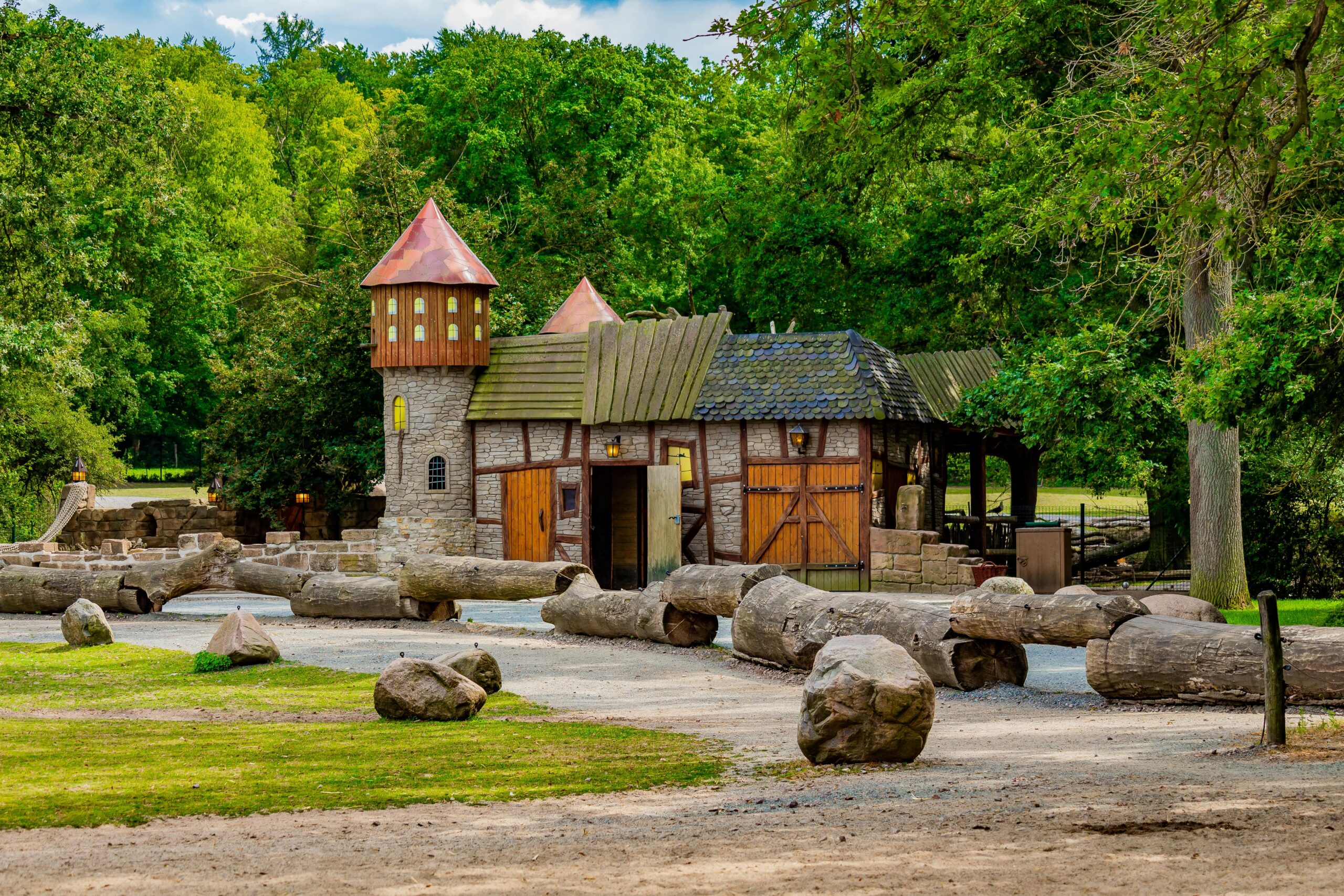
Green building technologies have emerged as a vital solution to address environmental challenges and promote sustainable development in the construction industry. With a focus on reducing energy consumption, minimizing waste, and enhancing occupant comfort, green buildings are revolutionizing the way infrastructure is designed, constructed, and operated.
According to a report by Dodge Data & Analytics, 56% of global construction professionals expect to be involved in green building projects by 2024.
In this blog, we will delve into the significance of green building technologies and explore sustainable construction practices for eco-friendly infrastructure.
Promoting Energy Efficiency:
Energy efficiency is a cornerstone of green building design, aiming to minimize energy consumption and reduce carbon emissions. Sustainable construction practices, such as incorporating passive solar design, utilizing energy-efficient appliances, and implementing renewable energy sources like solar panels and wind turbines, help buildings achieve higher levels of energy efficiency. According to the U.S. Green Building Council (USGBC), green buildings can reduce energy consumption by up to 30% compared to conventional buildings, leading to significant cost savings and environmental benefits.
Minimizing Environmental Impact:
Green building technologies prioritize the use of sustainable materials and construction techniques to minimize environmental impact throughout the building’s lifecycle. This includes utilizing recycled and locally sourced materials, implementing water-efficient fixtures, and adopting construction methods that reduce waste generation and pollution. Research by the World Green Building Council (WGBC) suggests that green buildings can reduce water consumption by up to 40% and construction waste by up to 70%, contributing to a healthier environment and a more sustainable future.
Enhancing Indoor Environmental Quality:
Green buildings prioritize occupant health and well-being by optimizing indoor environmental quality through improved ventilation, natural lighting, and the use of low-emission materials. Sustainable construction practices, such as installing energy-efficient HVAC systems, incorporating daylighting strategies, and choosing non-toxic building materials, create healthier and more comfortable indoor environments for occupants. Studies have shown that green buildings can enhance productivity, reduce absenteeism, and improve overall satisfaction among building occupants.
Fostering Resilient Communities:
Green building technologies play a crucial role in fostering resilient communities by enhancing the resilience of buildings and infrastructure to climate change and natural disasters. Sustainable construction practices, such as designing buildings to withstand extreme weather events, implementing green infrastructure solutions like permeable pavements and green roofs, and incorporating resilient building materials, help communities adapt to changing environmental conditions and minimize vulnerability to risks. By investing in green building technologies, communities can build more resilient and sustainable infrastructure that can withstand the challenges of the future.
Conclusion:
In conclusion, green building technologies offer a sustainable solution to address environmental challenges and promote eco-friendly infrastructure development. At Coding Brains, we recognize the importance of sustainable construction practices and are committed to developing innovative software solutions to support green building projects. Partner with Coding Brains to leverage our expertise and technology solutions in advancing sustainable development and building a greener future for generations to come.


Leave a Reply